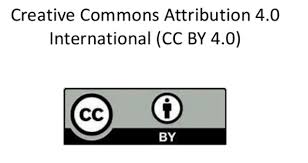Use of waste polyethylene terephthalate (PET) in stone mastic asphalt
DOI:
https://doi.org/10.47440/JAFE.2022.3305Keywords:
Waste PET, Recycling, Asphalt mixtures, Split tensile strength, Moisture susceptibility, Waste managementAbstract
Re-use of waste materials Polyethylene Terephthalate (PET) in industrial construction projects such as road pavement can be an effective method of waste management. This study aimed at evaluating the performance of Stone Mastic Asphalt containing 6%, 8%, and 10% waste PET. In this experiment, gravel as coarse aggregate, river sand as fine aggregate, shredded waste PET, and bituminous pitch as binding material were used for making polymer-modified asphalt samples. The study also dealt with the determination of the physical and mechanical properties of the cylindrical samples and compared them with the conventional asphalt samples. The test result shows that the density decreased with the increase in the percentage of waste PET and the maximum 10% addition of waste PET with conventional asphalt resulted in a 3% reduction in density. Percentage water absorption at 0% PET was 2.21% which increased with the increase in the percentage of waste PET and a maximum 10% addition of waste PET resulted in a 13% increase in water absorption. A maximum of 10% addition of PET in the mixture causes 30% reduction in tensile strength. It was identified that the tensile strength ratio (TSR) of the mixtures decreased with the addition of waste PET and Tensile Strength Ratio (TSR) values were above 70% which denoted that all mixes might have enough resistance against damage caused by moisture. However, the usage of waste PET in asphalt could be effective for low-density bituminous pavements and surfaces. So, this method could be the best option for recycling waste PET and thus could contribute to reducing the waste materials from the environment.






 Publisher:
Publisher: 